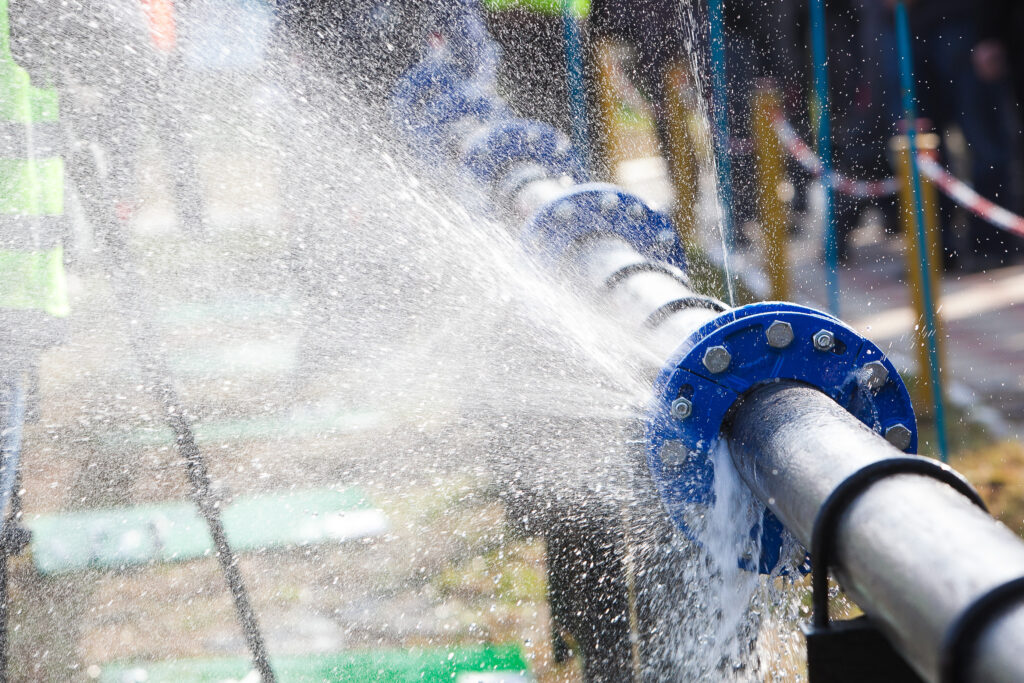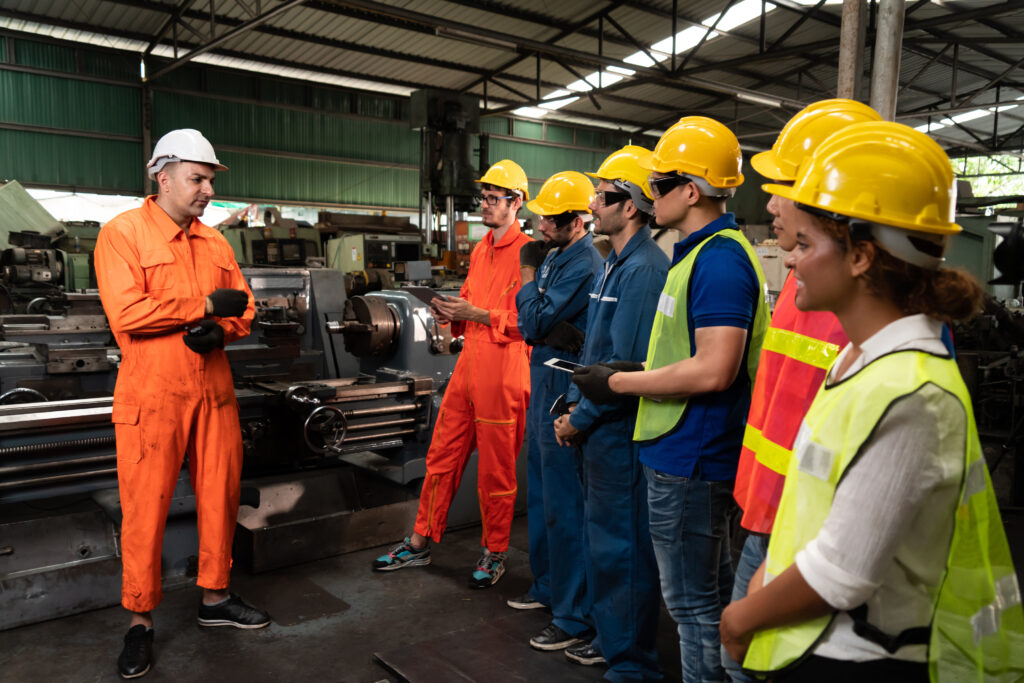A mechanical water-feed system is a complex yet critical part of an industrial plant, composed of a variety of valves, gauges, pumps, regulators, and more. Whether the water is used for steam generation, fire suppression, or cooling, the integrity and “up-time” of the system can mean the difference between smooth operations and a plant shutdown. To support them in this endeavor, plant managers rely entirely on the available documentation of the system, using Piping and Instrumentation Diagrams (P&IDs), riser diagrams, 3D models, valve schedules, and available procedures. However, if the documentation is not up-to-date, the provided data can actually hinder efforts when reacting in an unexpected situation. In this white paper, we address the benefits of an updated set of plant documents, and the ramifications of operating without them.
Decreased Reaction Time

When an incident that requires immediate attention occurs – a leak, a fire, a blown valve – plant operators have a very short timeline to find the problem, address it, and finally ensure that it does not happen again. In such instances, the speed with which the issue is resolved could mean the difference between a minor interruption and a critical failure. However, if there is no proper system documentation – or worse, the documentation is outdated – operators find themselves in the unfortunate position of figuring out the system’s intricacies while the clock keeps ticking. However, if the operators have a clear set of prints, they can communicate exact instructions to the on-site team, with higher confidence in their own judgment, aided by the prints in front of them.
Written Procedures
Written procedures are the lifeblood of technical facilities. Whether operators are trying to winterize a pump room, update coolant concentrations, or increase flow to a boiler room, there is little room for error when it comes to the exact sequence of steps necessary. However, the relevance of a procedure depends entirely on the accuracy of the information that is used to create it in the first place. If the technical source of the instructions is an outdated P&ID and valve schedule – or worse, anecdotal knowledge – the implementation of this procedure might be disastrous.

While written procedures are useful for complex maintenance and phase-transitions, another tool is used to ensure optimal static operations: normal valve state documentation.
This tool records the state of a valve system under “normal” conditions, often including additional system data such as pressure, flow rate, and temperature. This allows an operator with little-to-no experience to gauge the state of a complex pump room at a glance by comparing the valve states in reality to those documented. Not only does this reduce time spent analyzing a system, but it ensures that there is less risk of human error when gauging a system’s current state.
Generational Knowledge
A single shift at a plant, which often includes operators, technicians, engineers, and supervisors, contains a plethora of generational knowledge: information that has been developed through years of hard work and learning. However, once that shift goes home, or if one of the core members is unavailable, access to that knowledge becomes severely limited. This presents issues to smooth operations, since the accumulated knowledge base becomes segmented, with pieces missing as various team members leave site. This problem becomes drastically worse as team members leave the company and generational knowledge leaves with them.
This issue can be resolved with proper documentation: a collection of P&IDs, valve schedules, and riser diagrams can vastly improve site-wide access to knowledge without relying on the collective knowledge of the team on-site. This benefit manifests itself in day-to-day improvements, as well as in long-term succession planning as team members join and leave the organization. Naturally, the support of a senior operator or supervisor is still critical, but the plant is at least not entirely hamstrung when they are unavailable.
Training Support

Onboarding procedures at technical facilities are usually complex, with significant emphasis placed on safety and their specific task descriptions. However, a critical part of a new team member’s onboarding is ensuring that they understand not only their role in the plant, but the internal workings of the plant itself. This becomes infinitely easier when there are updated documents that can be used to facilitate the training, allowing the trainee to learn and ask questions in the office or conference room, rather than the noisy and often chaotic plant floor. Access to such documentation also simplifies the onboarding procedure from management’s side, decreasing the time needed for direct 1:1 training, and allowing the trainee to have a series of documents to refer to when questions arise.
As-Built: Immediate Return on Investment
From the perspective of a plant operator, nothing compares to the peace of mind and sense of stability that arises when their plant is running smoothly. Operators are at a tremendous advantage in keeping their plants running smoothly when they are confident in the prints with which they are working. Issues that arise are dealt with in an expedient manner, with much less guessing and uncertainty. When a complex maintenance or seasonal task needs to be completed, the on-site team at the time can comfortably follow the written procedure at hand, without relying strictly on the generational knowledge of the team before them. Finally, managers and supervisors can focus their onboarding energy on making sure the new team member feels welcome, as opposed to spending much of their time detailing operating procedures that should instead be written down.
If you would like assistance in updating your mechanical systems, please reach out to us at 509-491-7865, or [email protected].
